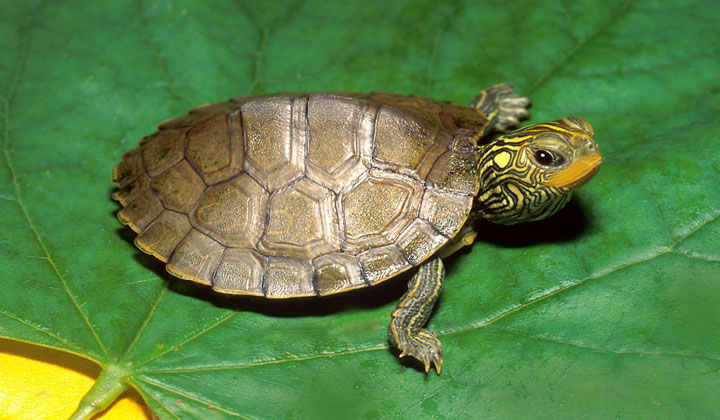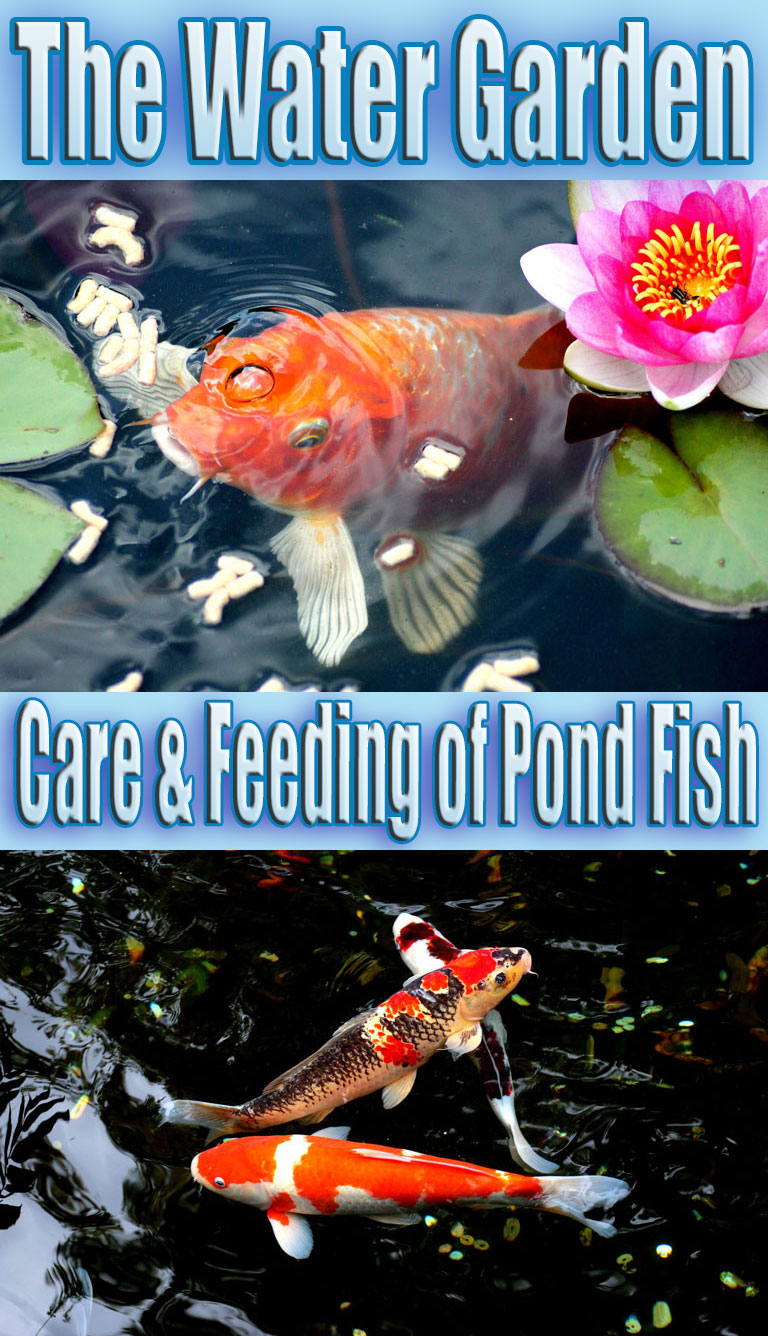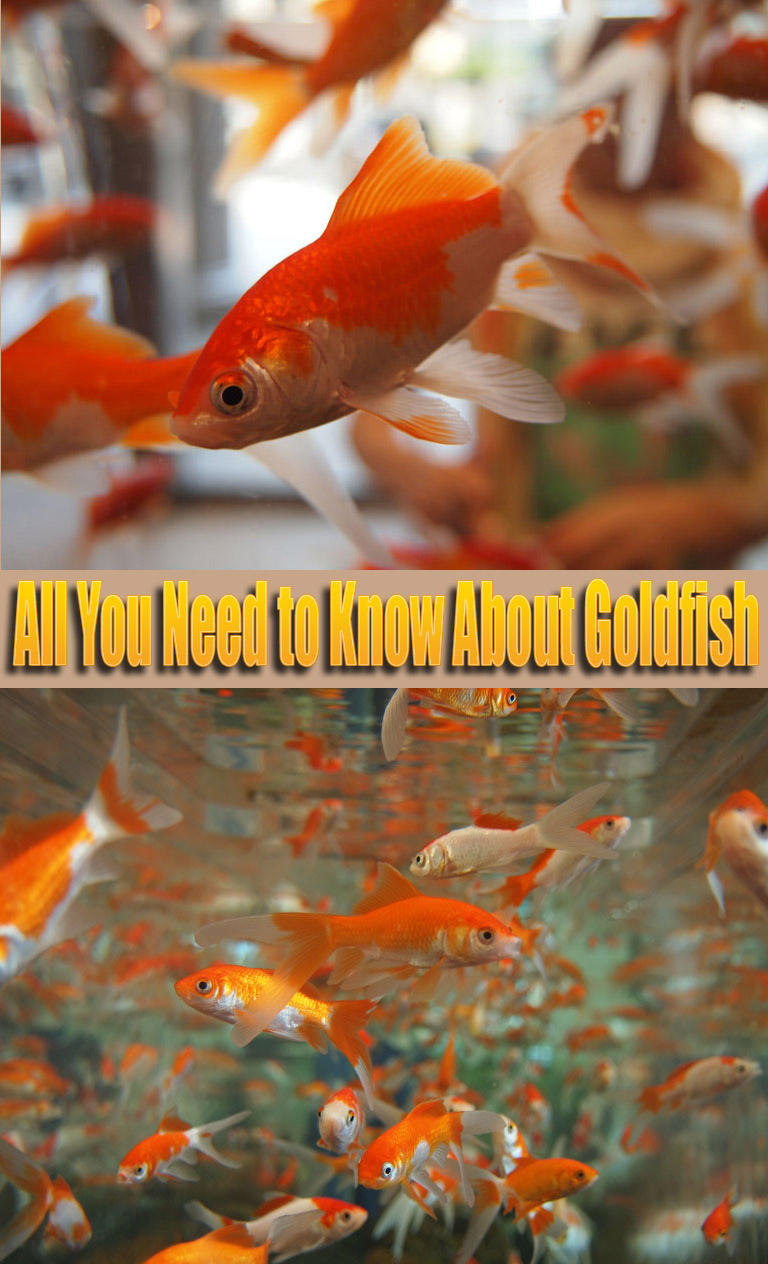
Aquatic turtles are personable, popular pets, however their upkeep can be labor intensive.
Turtles are for the most part semi-aquatic. They spend most of their time in the water, but they still require a dry area where they may bask to warm themselves. The exceptions are the soft-shells, snapping turtles and Mata mata. These turtles rarely leave the water, only to lay eggs or in search of a new body of water.
Due to the salmonella scare years ago all turtles sold in New York State must be 4 inches in carapace length. The shell is measured from front to back along the top of the shell. This is why you no longer see hatchling red-eared sliders for sale. As with all animals you must make sure to wash your hands after handling your turtle. This should be instilled in any small children in your home. WASH YOUR HANDS!!
Housing
The most important consideration when selecting a cage for your turtle is swimming area. Height plays little role in selection of turtle housing. The more surface area available the better. Aquariums make great housing for turtles. They are available in various sizes and easily cleaned. An adequate aquarium for a single 4 inch turtle would be a 20 gallon Long (30″ L x 12″ W x 12″ H). Bigger is better, especially if you add to your collection later on (as many people do). Forty-five gallon and Sixty-five gallon breeder aquariums are ideal habitats as they are long and wide, offering a large surface area. If you have the space small kiddie pools are an excellent choice. Aquarium full hoods or tank screens are ideal covers.
Substrates
Substrates may include coarse gravel (at least the size of a pea). Gravel smaller than this might be ingested by the turtle. Some turtles such as the soft-shell turtles do best on a sandy bottom, as coarse gravel beds are rough on their soft undersides. Mata matas do best in a leaf covered bottom. Naturally, you can leave the bottom barren, facilitating ease of cleaning. This is especially useful in large collections.
There should be a basking area for the turtles (excluding soft-shells and snapping turtles – they don’t often bask or leave the water). This should be an area where the turtle can dry off and warm up. The basking area might be a brick, rock, gravel that rises above the water line. A large branch, or perhaps a piece of plastic egg crate (lighting material found in hardware and lighting stores) suspended above the water line can also as a basking site. Quite often an incandescent light is placed above the basking area providing warmth for the turtle.
Avoid decorations, such as plants and large rock formations as they will only be dug up, knocked down, or trap waste products. Keep the enclosure out of direct sunlight and drafty areas.
Filtration
One of the most important aspects of keeping turtles, is clean water. You can drain the enclosure every few days, or you can filter it mechanically & biologically. Certain turtles, such as snapping turtles are easier kept in a plastic basin, where the water may be changed frequently. The use of external canister filters (Hagen Fluval, Eheim and Marineland Magnum) or internal submersible filters is highly recommended. They filter the water through various mediums. A good grade of carbon (not!! Charcoal), ammonia remover and floss will keep any tank sparkling clean.
Undergravel filters work biologically. They require a two inch gravel bed to work efficiently. In this system water is drawn through the gravel bed. Here specialized bacteria break down ammonia, nitrites and nitrates.
High quality water = high quality turtles. Water parameters for most turtles should be, pH 7.0, with ammonia, nitrites, and nitrates as low as possible. To maintain these parameters two things should be done: Water testing (kits may be bought at local pet shops – the same as fish test kits), clean the filter regularly, and most important WEEKLY WATER CHANGES. Filtered cages need only have 10% of their water changed, while unfiltered cages should have 100% water changes. The water should be aged or dechlorinated.

Temperature
Many turtles will do well at room temperature (68° – 75° F). This is true for turtles native to North and Central America. Turtles from South America should be maintained at 75°F. African, Asian and Australian turtles should be maintained at 80° – 85° F. These are general temperatures.
Heating the habitat may be accomplished with submersible heaters (PREFERRED METHOD), heat tape, ceramic heat emitters or incandescent lights. When using submersible heaters it is advisable to place the heater in a larger section of PVC piping to keep the turtles from breaking the heater or burning themselves against the glass heater tubes. In any event the heater must be secured to prevent breakage. A thermometer must be used to measure water temperature and air temperature. Heat tape may be applied to the outside bottom of the tank, and can be controlled with a rheostat (this is a do-it-yourself project). Ceramic heat emitters will radiate heat, but no visible light and are quite acceptable. Incandescent lights are the least satisfactory method of heating the habitat. They are inefficient and costly. They are good only for warming basking areas.
Lighting
One thing that is invaluable to “ALL” turtles is ultraviolet light. There is no more beneficial light than natural, unfiltered sunlight. In this part of the country, this is only possible for a few months every year (generally May – September). NEVER leave your turtle in direct sunlight without having a shaded area, unless you want to have turtle soup. NEVER EVER do this with a glass or plastic enclosure as the suns’ rays will be greatly magnified.
In lieu of natural light, artificial full spectrum lights ( those bulbs which emit UVA rays, Visible Wavelength Spectrums and especially UVB rays ) may be used. These fluorescent lights run cooler than incandescent bulbs, so there is little chance of overheating your turtles.
Feeding
Turtles should be fed a diet as varied as possible. Vegetable greens, earthworms, crickets, waxworms, moths and occasional feeder fish are a good start. Prepared freeze-dried and frozen foods are also good choices. Trout chow and semi-moist cat chow are excellent choices. Pieces of cooked chicken and strips of frozen fish may be fed on occasion. Your turtle should be fed once a day.
Foods to avoid are raw chicken, beef, pork and oily fish (i.e. tuna, bluefish, mackerel). Enrich the foods by adding calcium supplements 3 – 4 times a week.




Leave a Reply